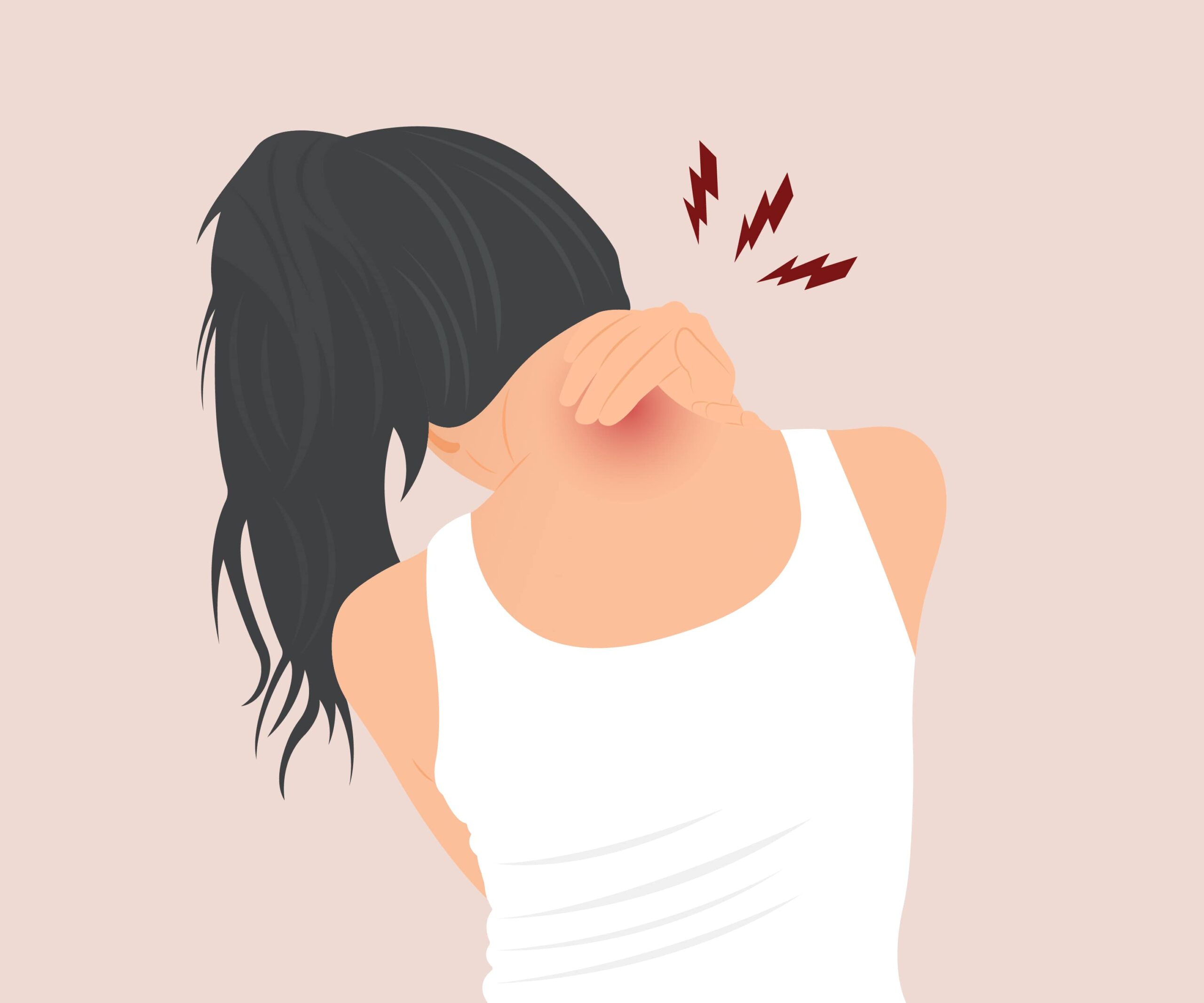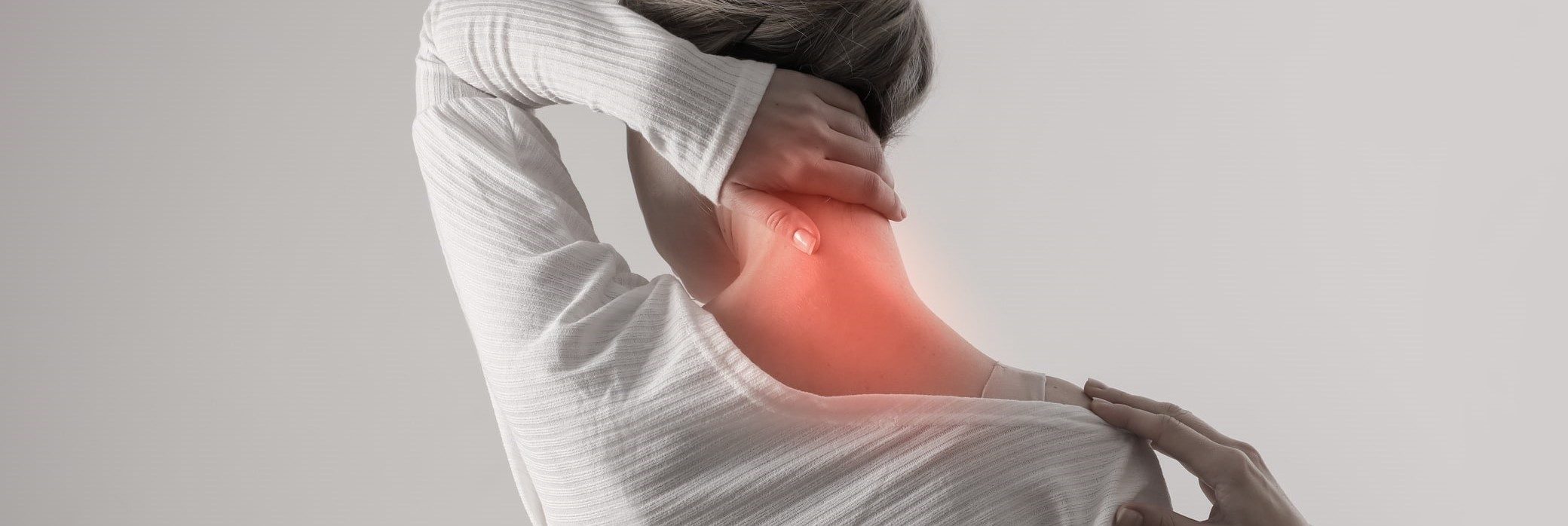Understanding Cervical Lordosis and How Office Life Affects Your Spine
In today’s digital world, many office professionals spend long hours sitting at desks, staring at screens. This often leads to poor posture, muscle fatigue, and in some cases, structural issues like cervical lordosis. If you’ve been experiencing persistent neck pain or stiffness, it may be time to explore how your spine is being affected—and how therapies like osteopathy, acupuncture, and sports massage can help.

What Is Cervical Lordosis?
Cervical lordosis refers to the natural inward curve of the neck portion of your spine. This curve is essential for absorbing shock, supporting the head, and maintaining proper alignment of the spine. However, when this curve becomes exaggerated (hyperlordosis) or flattens (hypolordosis), it can lead to discomfort, tension, and mobility issues.
For office workers, the problem often stems from poor posture—specifically forward head posture and rounded shoulders caused by prolonged sitting and computer use.
How Office Posture Contributes to Cervical Spine Issues
Office environments are notorious for encouraging sedentary behaviour and repetitive strain. Over time, the combination of sitting in a slouched position and constantly looking down at screens can:
-Flatten the cervical curve
-Tighten muscles in the neck, shoulders, and upper back
-Lead to nerve impingement or chronic pain
These issues not only affect comfort but can reduce focus and productivity at work. If you’re an office professional in Ashford or Dover, it’s important to be proactive about your spinal health before small posture problems become long-term pain conditions.
Recognising the Symptoms of Cervical Lordosis
Cervical lordosis issues can show up subtly at first. Some common signs include:
-Persistent neck or upper back pain
-Headaches that start at the base of the skull
-Stiffness or reduced range of motion in the neck
-Tingling or numbness in the arms (if nerves are affected)
-A forward-leaning head or rounded shoulders
If you’re noticing any of these, it’s a good idea to consult a professional. An osteopath in Ashford or Dover can assess your spinal alignment and help determine whether cervical lordosis is contributing to your symptoms.
How Osteopathy Can Help
Osteopathy focuses on restoring the body’s alignment and improving mobility through hands-on techniques. An experienced osteopath in Ashford or Dover will use gentle manipulation to correct spinal posture, relieve muscle tension, and reduce nerve pressure.
Osteopathic treatment can be especially effective for:
-Realigning the cervical spine
-Improving range of motion
-Reducing inflammation
-Addressing the root causes of poor posture
Supporting Therapies: Acupuncture and Sports Massage
While osteopathy addresses the structural alignment of the spine, combining it with acupuncture and sports massage can enhance healing and prevent future issues.
Acupuncture targets specific points along the body’s meridians to stimulate circulation, reduce inflammation, and calm overactive nerves. It’s a great complement to osteopathic care, especially for office workers dealing with tension headaches, neck stiffness, or stress-related muscle tightness.
Sports massage, on the other hand, focuses on manipulating soft tissue to break down muscle adhesions, release chronic tension, and improve posture. It’s particularly effective in loosening tight muscles in the shoulders and neck, helping to support the natural curve of the cervical spine.
Tips for Office Professionals to Prevent Cervical Issues
In addition to professional treatment, small changes in your daily routine can help protect your cervical spine:
-Adjust your screen so it’s at eye level
-Use a chair with proper lumbar and neck support
-Take breaks every 30–60 minutes to stretch
-Perform neck mobility exercises regularly
-Stay hydrated to keep muscles supple
Being proactive now can prevent more serious issues in the future.
Ready to Prioritise Your Spinal Health?
If you’re experiencing signs of cervical lordosis or simply want to improve your posture and well-being, don’t wait. An experienced osteopath in Ashford or Dover can help you identify the underlying causes and build a personalised recovery plan. Complementary therapies like acupuncture and sports massage provide additional support for long-term relief and better quality of life—both in and out of the office.
Treatments covered by private health insurance





